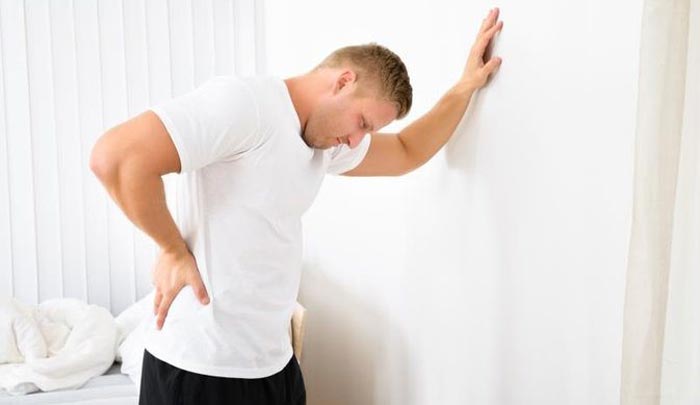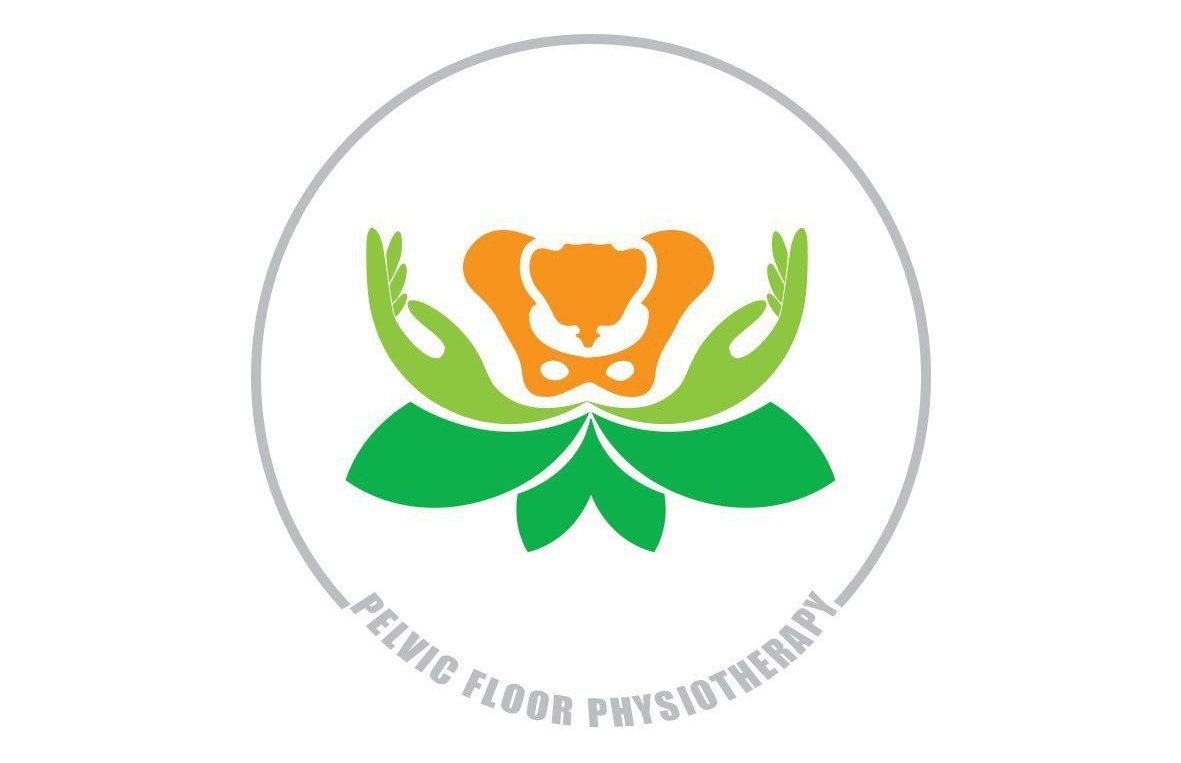The use of shock wave therapy in the treatment of chronic pelvic pain in male patients: a double-blind study Background: There is no definitive and standard treatment for chronic pelvic floor pain. The purpose of the study: the therapeutic effect of shock wave therapy in 60 male patients with chronic pelvic floor pain. Design: 60 male patients with chronic pelvic pain who suffered from this problem for at least three months were divided into two groups. The treatment was done once a week for four weeks. The shockwave group received 300 impulses or shockwave shocks in each session, and no action was taken in the control group, but the shockwave probe was placed in the treatment area like the first group. A double blind and prospective study was performed and the treatment results were followed up after one, 4 and 12 weeks. Intervention: Low energy shock wave was used in the perineum area without any anesthesia and as mentioned in the control group. The same probing was done without any energy transfer. Measurement: The effect of shock wave therapy on the amount of pain, quality of life and erectile function was evaluated. For this purpose, the following questionnaires were used. NIH-CPSI index for infection symptoms, IPSS prostate health scoring system, IIEF index for erectile function evaluation, VAS pain assessment, results and limitations: All patients received the treatment, and follow-up of the treatment results was done in two groups. All 30 patients in the treatment group showed acceptable and significant improvement in the amount of pain, quality of life and excretory conditions compared to the control group. Although the amount of this improvement decreased with the passage of time and the follow-up of the results. Shockwave therapy of the perineum is a comfortable, risk-free and side-effect-free method that does not require anesthesia. Discussion: This is the first blinded clinical case study that shows significant results of the shockwave treatment group compared to the control group in these patients. It shows that shock wave therapy with this method of treatment is important from the point of view that it is a safe method and has no side effects and the ability to repeat the treatment at any time.
Treatment of chronic pelvic pain in male patients

